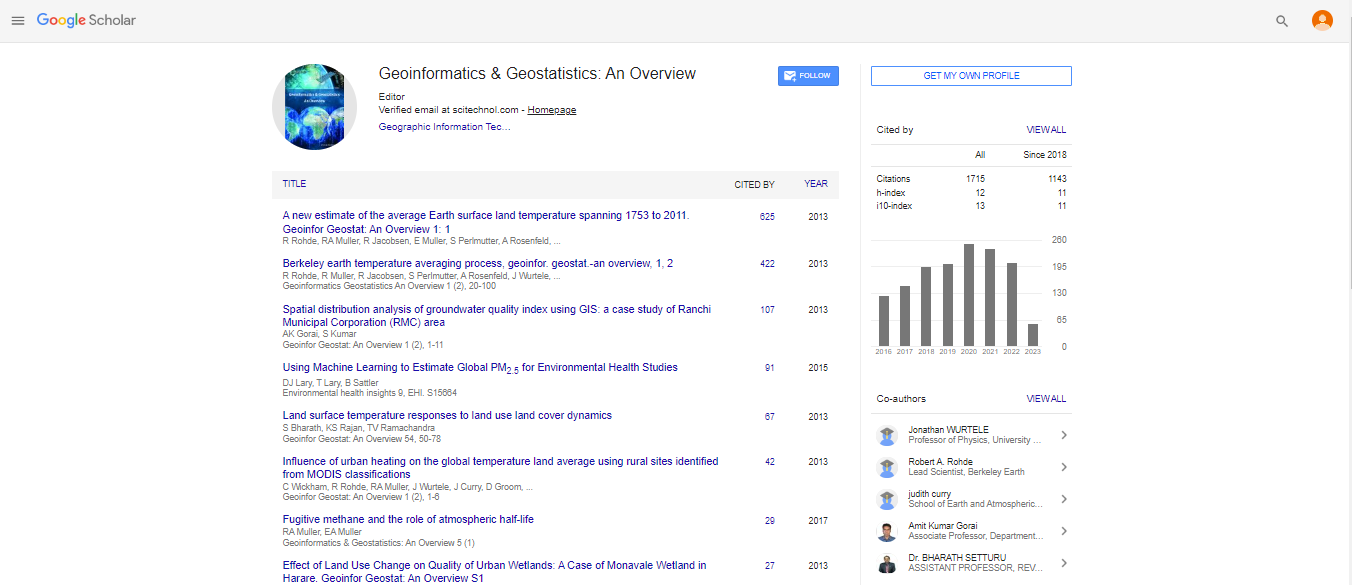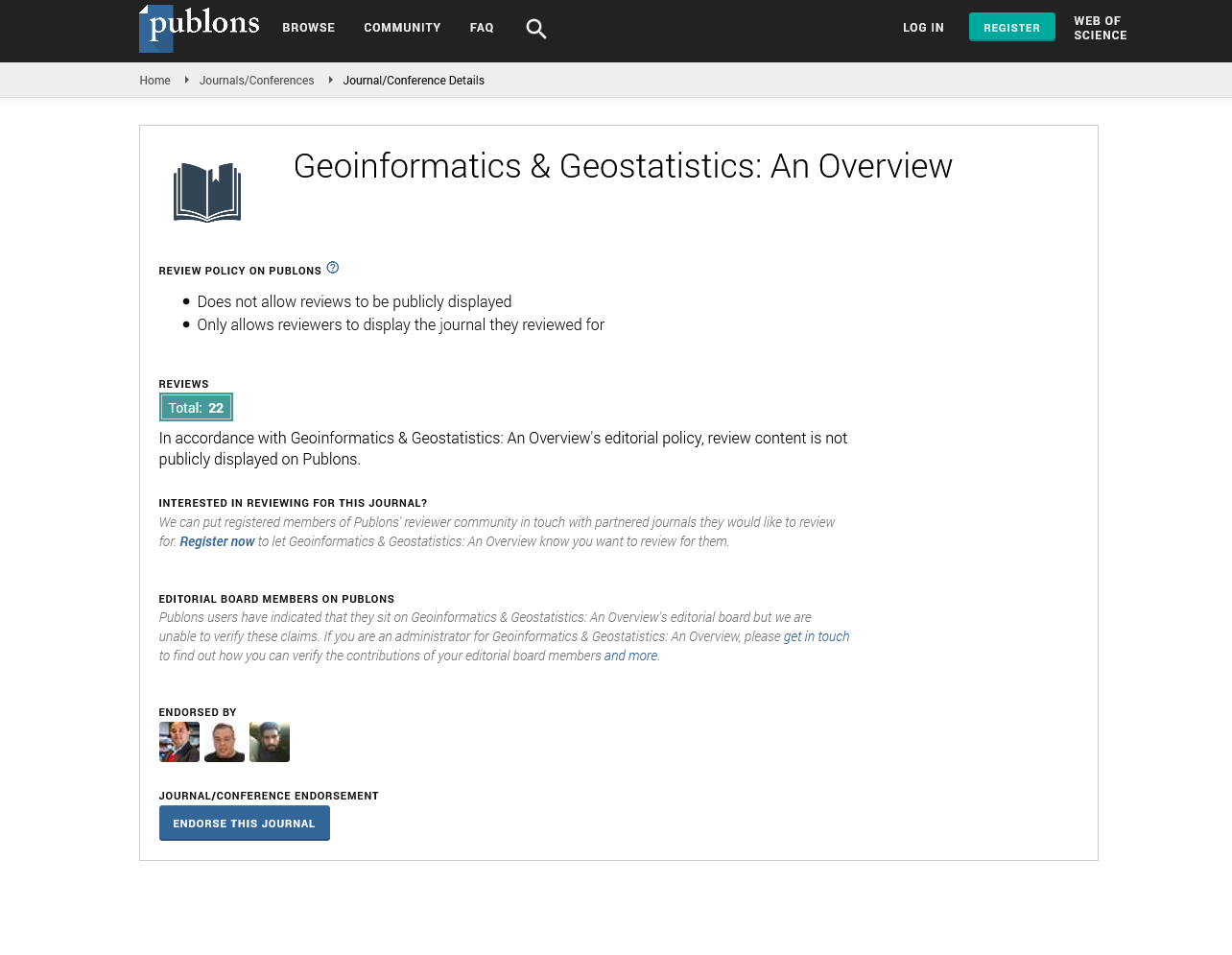Review Article, Geoinfor Geostat An Overview Vol: 4 Issue: 4
A Mini-Review on Toxicity of Triclosan in Aquatic Environment
| Lilan Zhang1,2*, Peili Lu1,2, Fuzhong Song2, Daijun Zhang1,2 and Kaixuan Li2 | |
| 1State Key Laboratory of Coal Mine Disaster Dynamics and Control, Chongqing University, China | |
| 2Department of Environmental Science, Chongqing University, China | |
| Corresponding author : Lilan Zhang State Key Laboratory of Coal Mine Disaster Dynamics and Control, Chongqing University, Chongqing 400044, P.R. of China Tel: +86-23-65105875 Fax: +86-23-65105875 E-mail: lilanzhang@cqu.edu.cn |
|
| Received: July 08, 2016 Accepted: September 08, 2016 Published: September 15, 2016 | |
| Citation: Zhang L, Lu P, Song F, Zhang D, Li K (2016) A Mini-Review on Toxicity of Triclosan in Aquatic Environment. Geoinfor Geostat: An Overview 4:4. doi: 10.4172/2327-4581.1000150 |
Abstract
Triclosan (TCS) is a synthetic broad spectrum antimicrobial agent that has been added in amounts of personal care products and household products. Its widespread use and resistant to degradation resulted in the inevitably release into aquatic environment and thus its potential toxicity towards aquatic organisms is of concern. To understand the risk associated with TCS in aquatic ecosystems, a min review of available literature on its acute and chronic toxicity towards aquatic organisms was conducted in this study. The acute toxicity data showed that TCS always would not show lethal effects at realistic concentration and the LC50 of TCS towards different trophic species spanned more than six orders of magnitude in concentration. Among the tested organisms, algae are the most sensitive species. The chronic toxicity data of TCS on aquatic microorganisms, microalgae, aquatic macrophytes, invertebrates and fishes were systematically collected. TCS show endocrine disruption, cytotoxic, and genotoxic effects on tested organisms, and its toxicity would be enhanced or reduced while coexisting with other pollutants or environmental parameters. Its selection and spread of multidrug resistance, microorganisms should be of concern and the potential combination effects of heavy mental and TCS on cross-resistance of microorganisms might be explored in the future due to their same selective function on multidrug resistance. Daphnia and rotifer are two major components of aquatic invertebrates; more comprehensive researches have been conduct to reveal the response of Daphnia to TCS exposure while just three studies were conducted to assess its toxicity on rotifer. Considering limited ecotoxicological information and significant TCS LC50/EC50 variations to aquatic species, further studies on potential consequences of long-term TCS exposure to more abundant and ecologically relevant species are critically need to better regulate its utilization, and the effects of environmental parameters should be taken into consideration while investigating TCS toxicity towards target species due to their significant effects.
 Spanish
Spanish  Chinese
Chinese  Russian
Russian  German
German  French
French  Japanese
Japanese  Portuguese
Portuguese  Hindi
Hindi 
